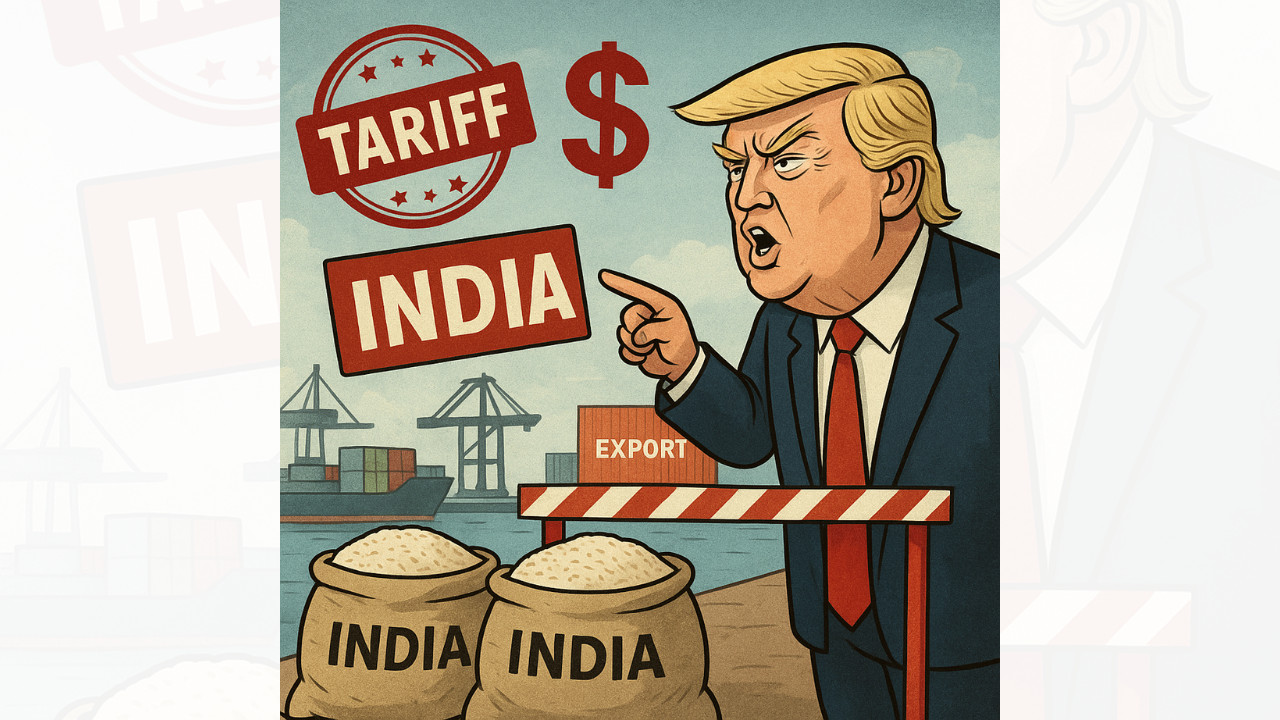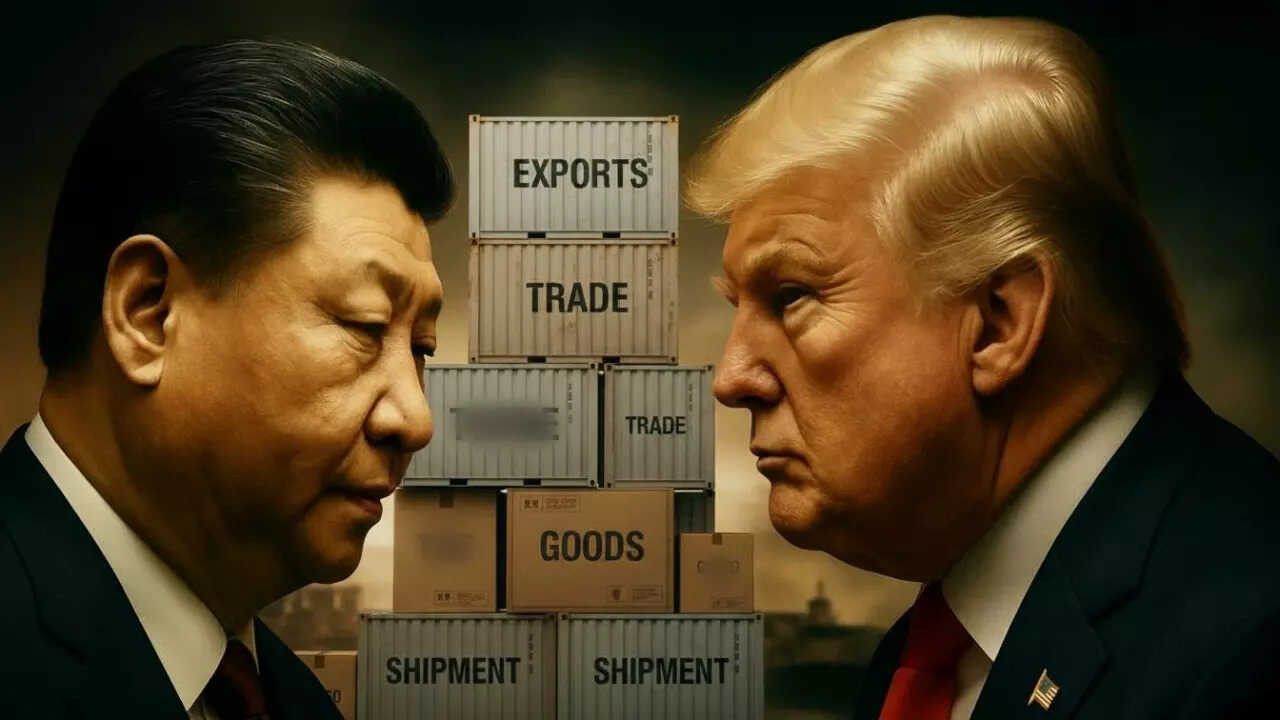Trump’s Tariff Tornado: Will India Weather the Storm?
Donald Trump’s proposal to slap a hefty 50% tariff on goods from countries the US deems to be not paying fair duties has sent ripples—more like shockwaves—across the global trade landscape. And India, a significant exporter to the American market, is undoubtedly feeling the tremors. Forget subtle adjustments; this is potentially a seismic shift, and the question isn’t if it will impact Indian businesses, but how deeply and how soon.
This isn’t just about numbers on a spreadsheet; it’s about real jobs, investment plans, and the overall health of key sectors that rely on that crucial US market. What does this mean for Indian industries, and are there strategies to soften the blow? Let’s dive in.
The Sectors in the Crosshairs: Where Will Trump’s Tariffs Bite?
Several sectors are bracing themselves for the potential fallout. The impact will be felt unevenly, with some industries likely to suffer more than others.
* Engineering Goods: This is a big one. Engineering goods constitute a significant chunk of India’s exports to the US, and a 50% tariff could severely undermine their competitiveness.  Companies might struggle to absorb the increased costs, potentially leading to reduced exports and pressure on profit margins.
Companies might struggle to absorb the increased costs, potentially leading to reduced exports and pressure on profit margins.
* Pharmaceuticals: While the pharma sector is known for its resilience, even it won’t be immune. A tariff hike could make Indian generic drugs less attractive in the US market, potentially benefiting American pharmaceutical companies. This could lead to a decrease in export volumes and increased competition.
* Textiles: The textile industry, already facing challenges, could see further strain. With increased tariffs, Indian textiles could become less competitive compared to those from countries with more favorable trade agreements with the US. This could impact employment and investment in the sector.
* Chemicals: Similar to pharmaceuticals, the chemical industry could face challenges in maintaining its market share in the US. Increased tariffs could lead to a decline in exports and put pressure on Indian chemical manufacturers.
* Other Affected Sectors: Beyond these major players, other sectors like gems and jewellery, leather goods, and agricultural products could also feel the pinch. The cumulative effect of these tariffs across various industries could be substantial.
The Company Perspective: Who Stands to Lose?
While the overall impact is concerning, the reality is that some companies are more exposed than others. Companies with a high dependence on the US market for exports are naturally more vulnerable. Businesses that have already invested heavily in building relationships with US clients could face tough choices. The impact on Indian companies that export electronics will also need careful assessment.
We may see a shift in strategy, with some companies opting to diversify their export markets or explore alternative trade agreements. Companies with strong brand recognition and differentiated products may be better positioned to weather the storm, but even they will need to adapt to the new realities.
Can India Dodge the Bullet? Strategies for Survival
The situation isn’t entirely bleak. There are steps India can take to mitigate the impact of these potential tariffs.
* Negotiation and Diplomacy: The most obvious approach is to engage in high-level negotiations with the US government to highlight the potential negative consequences of these tariffs and seek exemptions or alternative solutions. A strong diplomatic push will be essential.
* Diversification of Export Markets: Reducing reliance on the US market by actively pursuing new export opportunities in other regions, such as Europe, Asia, and Africa, is crucial.
* Strengthening Domestic Manufacturing: Investing in infrastructure, technology, and skills development to enhance the competitiveness of Indian manufacturers in the global market. This could help offset the impact of tariffs by making domestic production more attractive.
* Focus on Innovation and Value Addition: Shifting towards higher-value products and services that are less price-sensitive can help maintain competitiveness despite the tariffs. Encouraging innovation and investing in research and development are vital. You can see how the government is planning to boost the semiconductor industry for example.
* Exploring Trade Agreements: Actively pursuing and strengthening free trade agreements with other countries to create alternative export markets and reduce reliance on the US.
Navigating Uncertainty: A Call to Action
Trump’s proposed tariffs represent a significant challenge for Indian exporters, but they also present an opportunity for India to reassess its trade strategy and strengthen its position in the global market. The key lies in a proactive approach, a willingness to adapt, and a commitment to innovation and diversification. The time for complacency is over. India must act decisively to protect its economic interests and ensure a prosperous future for its businesses.







